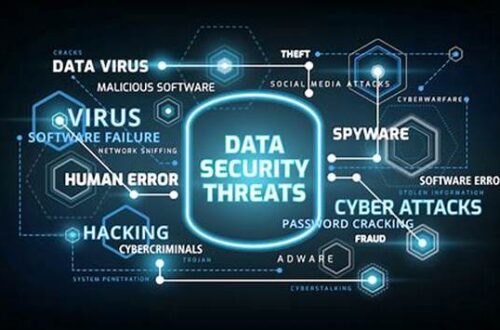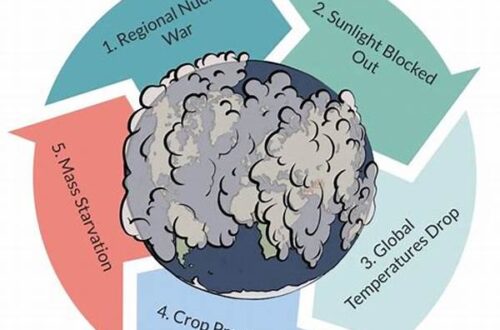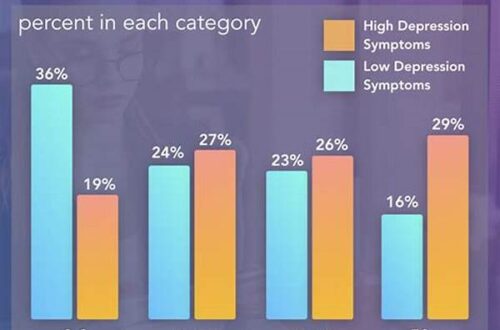In an era marked by rapid technological advancement, the proliferation of information has become unprecedented. While the digital age has democratized access to information, it has concurrently presented challenges in discerning the credibility of sources. The ability to access trustworthy information is indispensable, shaping public opinion, informing policies, and driving decision-making processes across various sectors. This article explores the multifaceted dimensions of ensuring access to trustworthy information, emphasizing its significance in today’s interconnected world.
The Significance of Trustworthy Information
Ensuring access to trustworthy information serves as a cornerstone for informed decision-making and democratic engagement. In a landscape overwhelmed by misinformation and disinformation, individuals, organizations, and governments alike face the challenge of distinguishing between credible sources and unreliable ones. Access to reliable information is imperative for nurturing informed citizens equipped to participate in democratic processes. Furthermore, businesses and organizations depend on accurate data to drive strategic initiatives, underscoring the criticality of maintaining an ecosystem where trustworthy information prevails.
Misinformation can distort public perception and lead to erroneous decisions with far-reaching implications. Hence, ensuring access to trustworthy information transcends beyond individual benefits, playing a pivotal role in preserving the integrity of societal structures. Educational institutions, media organizations, and policymakers must collaborate to foster an environment conducive to the dissemination and consumption of reliable information. It is essential to embed media literacy and critical thinking in educational curricula to empower individuals with the skills required to navigate the complex information landscape effectively.
Barriers to Accessing Trustworthy Information
1. Proliferation of Digital Media: The sheer volume of content available online poses a challenge in ensuring access to trustworthy information. It demands vigilant evaluation of sources to separate factual content from misinformation.
2. Algorithmic Bias: Search engines and social media platforms often prioritize content based on engagement metrics, potentially compromising the visibility of trustworthy information. This necessitates measures to counteract algorithmic biases.
3. Echo Chambers: The rise of echo chambers wherein individuals are exposed to homogeneous views reinforces the challenge of ensuring access to trustworthy information. It requires efforts to broaden perspectives through diverse information sources.
4. Lack of Media Literacy: Insufficient media literacy skills hinder the ability of individuals to critically analyze information. Educational initiatives aimed at developing these skills are vital in fostering an informed populace.
5. Economic Constraints: For some populations, economic barriers limit access to premium or paywalled content, impeding their ability to acquire trustworthy information. Addressing these economic disparities is essential.
Initiatives Promoting Access to Trustworthy Information
To address the complexities surrounding the dissemination and consumption of information, several initiatives have been deployed. Educational programs focused on media literacy play a transformative role in equipping individuals with the tools needed to discern credible information sources. These programs emphasize critical thinking skills, empowering individuals to question and analyze the information they encounter, thereby ensuring access to trustworthy information.
Moreover, collaborations between technology companies and independent fact-checking organizations aim to mitigate the spread of misinformation by flagging or removing misleading content. These efforts are complemented by policies enforcing transparency in algorithms governing information dissemination on digital platforms. As such, ensuring access to trustworthy information becomes a shared responsibility, necessitating cohesive action from various stakeholders, including governments, the private sector, and civil society organizations.
Strategies Implemented to Uphold Information Integrity
1. Fact-Checking Organizations: Organizations dedicated to verifying facts work relentlessly to combat misinformation, thereby ensuring access to trustworthy information by providing credible data to the public.
2. Information Literacy Programs: Educational curricula incorporating information literacy components equip learners with the skills necessary to critically evaluate sources, making it essential in ensuring access to trustworthy information.
3. Regulatory Frameworks: Implementation of stringent regulatory measures ensures that media organizations adhere to standards that prioritize the dissemination of trustworthy information.
4. Collaborative Networks: Partnerships among media outlets, academic institutions, and technology firms facilitate the exchange of best practices, thereby enhancing efforts in ensuring access to trustworthy information.
5. Research and Innovation: Investment in research initiatives focused on developing tools and technologies for verifying information authenticity enhances the mechanisms safeguarding information integrity.
6. Community Engagement: Community-led initiatives promoting dialogue and information sharing contribute significantly to ensuring access to trustworthy information at the grassroots level.
7. Media Accountability: Promoting journalistic integrity and accountability through independent press councils ensures that media organizations are responsible for maintaining high standards of information dissemination.
8. International Cooperation: Cross-border collaborations among nations help establish uniform standards and strategies aimed at ensuring access to trustworthy information worldwide.
9. Public Awareness Campaigns: Public campaigns aimed at raising awareness about the impacts of misinformation play a critical role in fostering environments where trustworthy information thrives.
10. Technological Advancements: Leveraging Artificial Intelligence and Machine Learning technologies facilitates the identification and curbing of misinformation, ensuring access to trustworthy information remains a priority.
Challenges in Upholding Information Authenticity
While numerous measures are implemented to promote the authenticity of information, challenges persist. The speed at which information travels through digital platforms complicates the process of verifying and correcting false narratives before they cause harm. Continuous efforts to enhance the robustness and agility of verification mechanisms are necessary. Additionally, fostering international cooperation in establishing global standards for information integrity is crucial. Such measures ensure that ensuring access to trustworthy information remains a focal point for global information economies.
Furthermore, addressing socio-economic disparities that hinder equitable information access requires targeted interventions. Governments and private entities must recognize and address barriers that disproportionately impact marginalized communities, ensuring that information integrity transcends geographical and socio-economic boundaries. By acknowledging and tackling these challenges, we move closer to an inclusive environment where ensuring access to trustworthy information is an attainable reality for all.
Technological Innovations in Information Dissemination
In recent years, technological advancements continue to revolutionize the way information is disseminated and consumed. The integration of artificial intelligence into information platforms holds the potential to refine content accuracy, ensuring access to trustworthy information remains steadfast. However, the same technological evolution also presents challenges such as deepfakes and AI-generated misinformation, necessitating ongoing vigilance and adaptation of regulatory frameworks.
Moreover, the advent of blockchain technology offers promising avenues for ensuring the provenance and immutability of information sources. By providing transparency and traceability, blockchain stands as a guardian of information integrity, playing a crucial role in ensuring access to trustworthy information. This dual-faced nature of technology underscores the need for a balanced approach, leveraging innovation whilst mitigating potential risks associated with its misuse.
Conclusion
In summary, ensuring access to trustworthy information is an imperative that necessitates a multi-pronged approach encompassing education, technology, and regulation. The complex nature of the information ecosystem demands collaborative efforts from all societal sectors to uphold standards of integrity and reliability. Educational initiatives aimed at enhancing media literacy, alongside regulatory measures to enforce transparency and accountability, form the bedrock of ensuring access to credible information.
As society continues to navigate the intricacies of the digital age, maintaining the integrity of information systems emerges as a fundamental priority. By fostering partnerships among diverse stakeholders, investing in technological innovation, and promoting a culture of critical inquiry, we can cultivate an environment where ensuring access to trustworthy information is not merely an ideal but a living, everyday reality.





